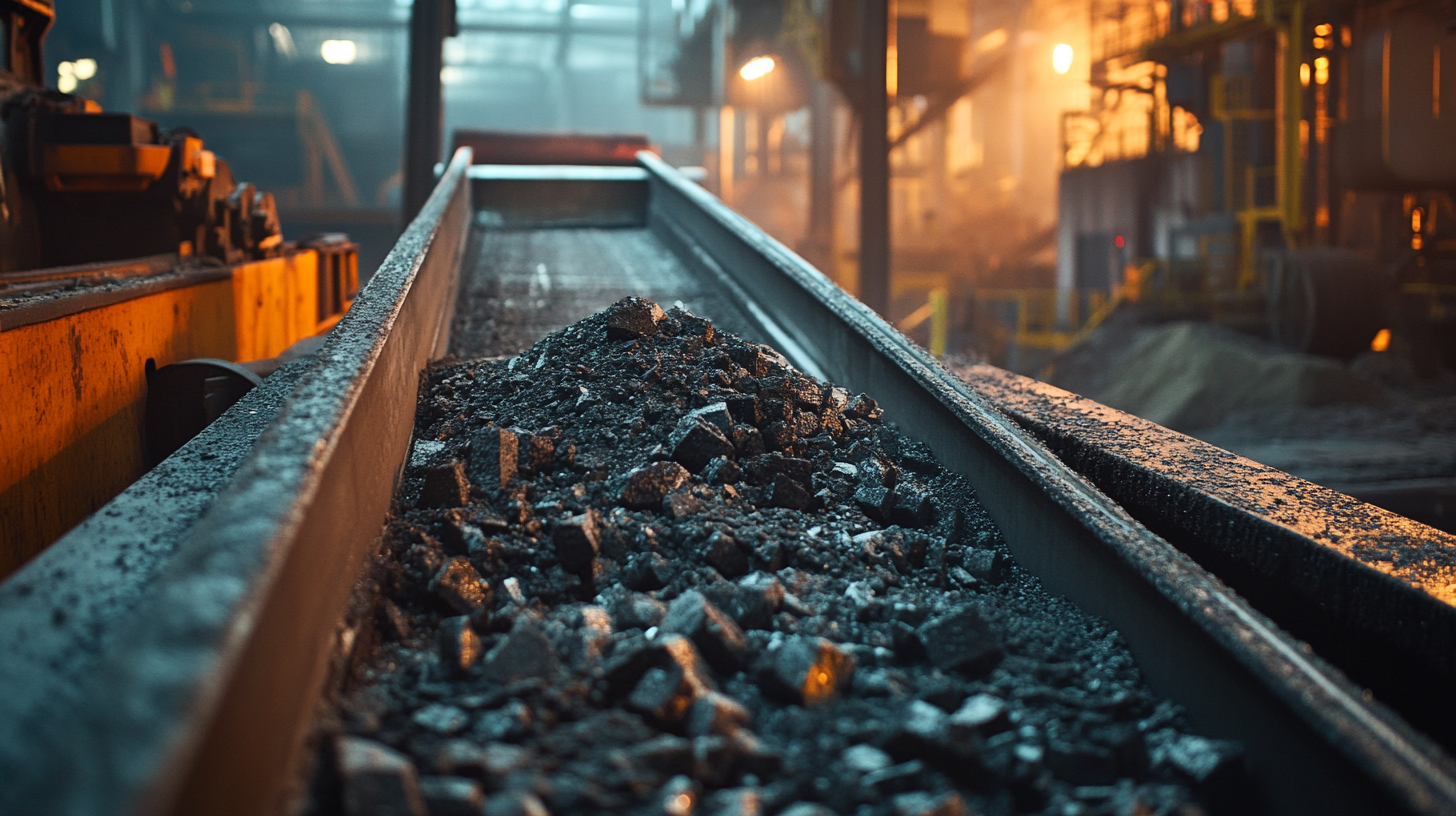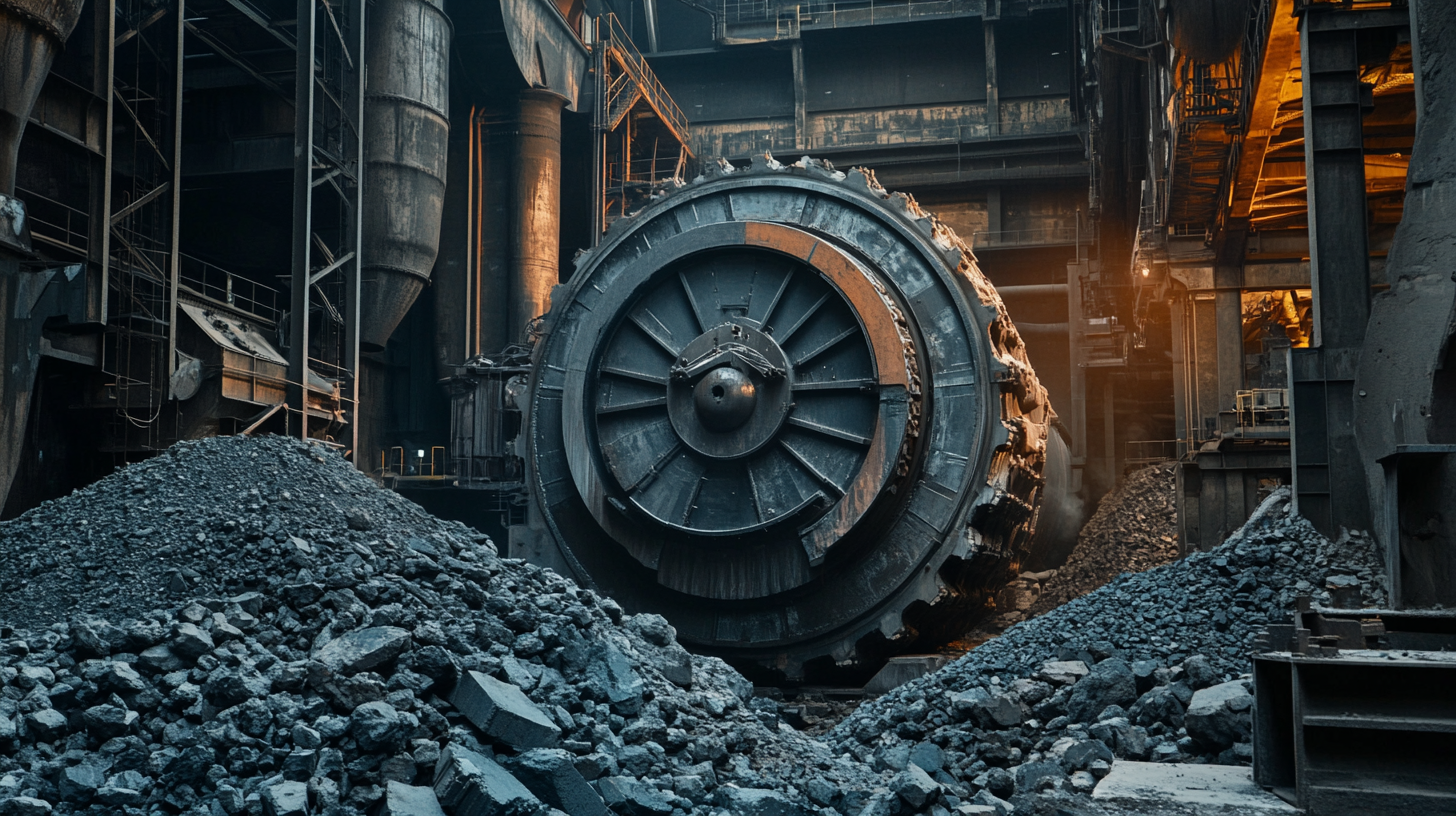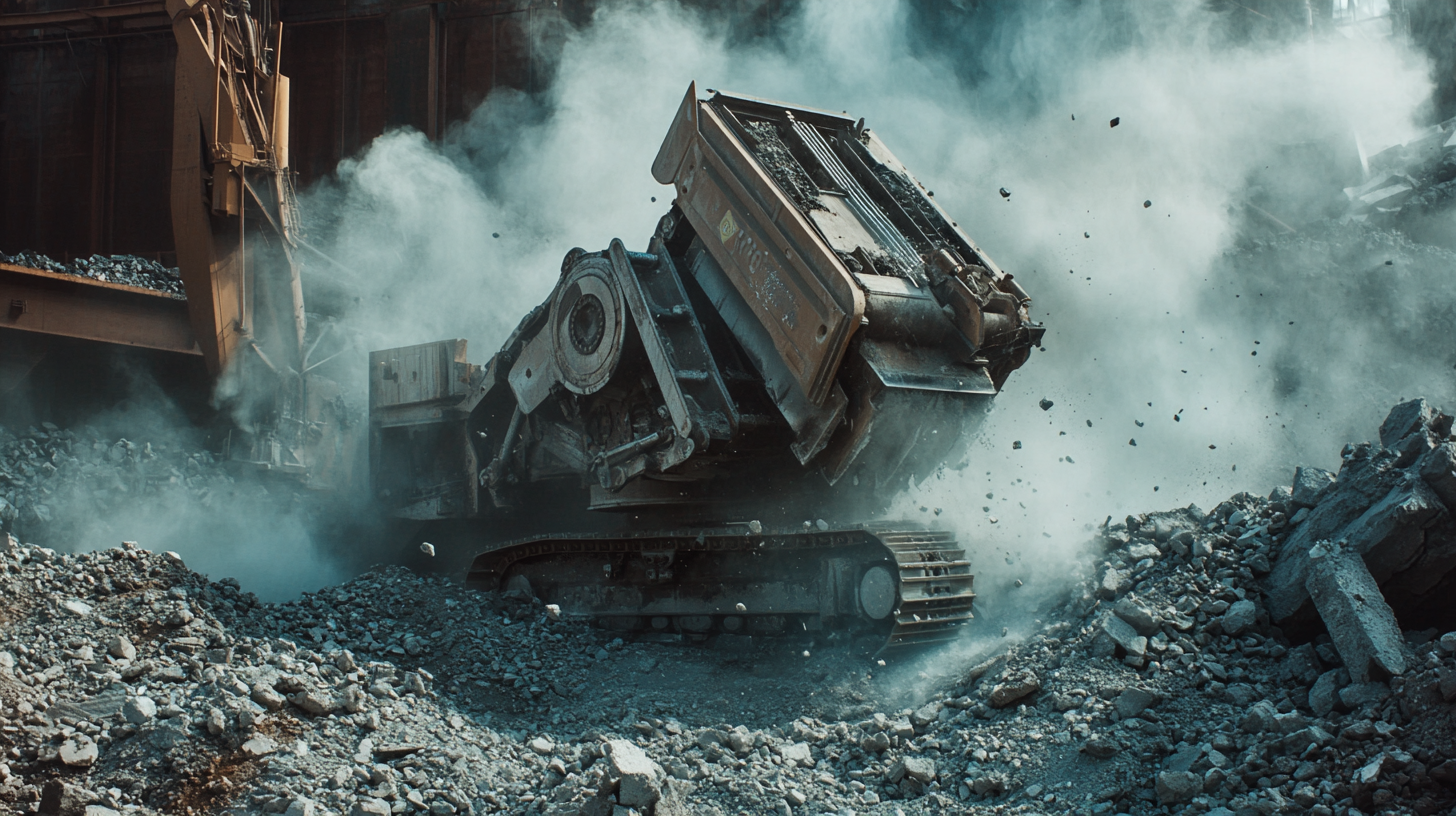In today's rapidly evolving manufacturing landscape, the demand for high-quality machinery is at an all-time high. The advent of the Slow Edge Crusher serves as a pivotal advancement, enabling industries to enhance their efficiency and maintain superior product standards. According to a recent report by MarketsandMarkets, the global machinery market is projected to reach USD 10.7 trillion by 2025, with a significant portion attributed to innovations like the Slow Edge Crusher. This equipment not only addresses the critical need for precision in material processing but also caters to diverse global markets, ensuring a competitive edge. By harnessing advanced engineering and robust manufacturing capabilities, the Slow Edge Crusher represents a transformative solution that promises unmatched quality and performance, which is essential for businesses striving to thrive in a dynamic economic environment.

In today’s fast-paced global market, the efficiency of material processing is critical for manufacturers looking to enhance productivity while maintaining quality. Slow edge crushers, such as the latest advancements from EDGE Recycling Equipment, play a pivotal role in this aspect. By leveraging high torque and twin shaft technology, these crushers not only increase production capacity but also ensure that the materials are processed with unmatched precision. This efficiency is particularly important as industries strive to integrate more sustainable practices into their operations, addressing rising environmental concerns.
Furthermore, as companies face the challenge of digital transformation amidst ongoing skills gaps, the adoption of slow edge crushers can be seen as a strategic move to optimize operational workflows. By slowing down the processing to focus on quality, manufacturers can capture the true value of Industry 4.0, ensuring that each step in the production line is meticulously managed. In an era where innovation is paramount, particularly with countries like China leading the charge in advanced industries, the benefits of slow edge crushers become increasingly significant, setting a standard for processing efficiency in a competitive landscape.
This pie chart illustrates the advantages of Slow Edge Crushers in material processing efficiency, highlighting key benefits that contribute to their effectiveness in global markets.
The demand for high-quality crushing solutions is being significantly driven by key industry trends that emphasize efficiency, sustainability, and innovation. According to a recent market research report by Grand View Research, the global crushing equipment market size was valued at approximately $4.8 billion in 2022 and is projected to expand at a compound annual growth rate (CAGR) of 5.6% from 2023 to 2030. This growth is largely fueled by the rising need for aggregate in construction and the increasing adoption of advanced automatons and IoT technologies within the sector.
Furthermore, the push towards sustainable practices is transforming how businesses approach crushing solutions. The adoption of slow edge crushers, designed for less energy consumption and minimized waste generation, is becoming increasingly popular. Industries are responding to stricter environmental regulations and the shift towards circular economy models. According to a report by Technavio, the surge in eco-friendly practices could potentially increase the demand for high-quality crushing equipment by up to 7% annually through 2025. This trend highlights the critical need for machinery that not only meets operational standards but also contributes to environmental stewardship.
The comparative analysis of slow edge crushers versus traditional crushing methods highlights significant advancements in efficiency and sustainability within the mining sector. Slow edge crushers operate at reduced speeds, delivering a more controlled and precise crushing action. This mechanism not only minimizes the production of fine particles but also decreases energy consumption, positioning it as an environmentally friendly alternative. As mining operations become increasingly focused on reducing their ecological footprint, the transition towards slow edge crushers represents a progressive step in material processing.
Furthermore, innovations such as fully mobile in-pit crushing and conveyor systems (FMIPCC) further enhance the competitive edge of slow edge technology. These systems integrate seamlessly into the mining workflow, reducing the need for excessive labor and lowering energy requirements. By streamlining operations and enabling more efficient material handling, slow edge crushers align with contemporary demands for operational excellence and responsible resource management. This comparative advantage showcases the potential for slow edge crushers to dominate in markets that prioritize quality and sustainability.
| Feature | Slow Edge Crusher | Traditional Crushing Methods |
|---|---|---|
| Crushing Efficiency | High | Medium |
| Energy Consumption | Low | High |
| Maintenance Frequency | Low | High |
| Output Quality | Superior | Standard |
| Initial Investment Cost | Higher | Lower |
| Operational Lifespan | Long | Short |
The slow edge crusher technology is emerging as a vital player in the global market, with its unique benefits resonating across various industries. According to a recent report by Research and Markets, the global crushing equipment market is expected to reach $7.9 billion by 2025, driven by the demand for efficient and scalable processing technologies. The slow edge crusher stands out, offering unmatched quality and versatility, making it particularly appealing in sectors such as mining, construction, and waste management. Its ability to reduce materials effectively without generating excessive dust makes it a preferred choice in environments where noise and particulate management are critical.
Moreover, the growing emphasis on sustainability and regulatory compliance is further boosting the slow edge crusher's market potential. A study by Grand View Research indicates that the demand for eco-friendly processing solutions is set to increase by 25% over the next few years. With its innovative design that minimizes wear and enhances durability, the slow edge crusher aligns perfectly with market trends favoring low-impact, high-efficiency technologies. As industries seek to optimize their operations and reduce environmental footprints, the slow edge crusher positions itself as a frontrunner in addressing these challenges and capitalizing on emerging opportunities worldwide.

In recent years, the slow edge crusher has emerged as a pivotal innovation in the field of material processing, especially for industries operating on a global scale. This specialized equipment harnesses cutting-edge technologies to deliver unmatched quality and efficiency. The advancements in design and engineering have minimized energy consumption while maximizing output, making them a sustainable choice for manufacturers aiming to streamline their operations and reduce costs.
One of the key technological advancements in slow edge crushing equipment is the integration of smart sensors and automation systems. These features enable real-time monitoring of performance metrics, allowing operators to make data-driven decisions that enhance productivity and ensure optimal functioning of the machinery. Furthermore, the use of advanced materials in construction has improved durability and reduced maintenance needs, ensuring that companies can rely on their equipment for prolonged periods without incurring significant downtime. As these innovations continue to unfold, the slow edge crusher is set to redefine standards in the industry, paving the way for a new era of quality and efficiency in material processing.

